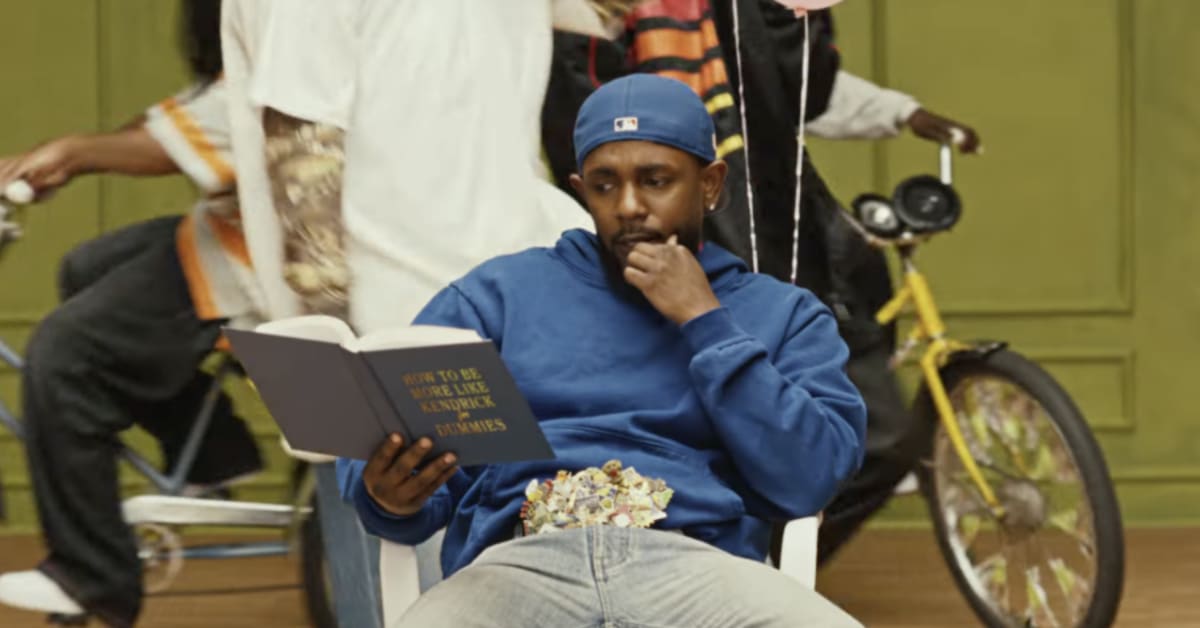When cinematographer Ed Lachman reunited with his “El Conde” director Pablo Larrain to tell the story of opera legend Maria Callas in “Maria,” he immediately knew what the guiding principle of the visual style would be. “The whole conceptual idea was that the film itself becomes an opera,” Lachman told IndieWire. “It has the aesthetics, form, and themes of an opera. The themes are about betrayal, unrequited love, and loss — this is what her life was.”
In terms of the aesthetics, Lachman said there were two factors. “I wanted the audience to feel like they were in an opera and to engage them in her world,” he said. “That means a moving camera and a heightened reality. It’s not naturalistic because opera isn’t representational imagery — it’s an abstraction, a mannered world almost like Douglas Sirk’s work.”


In addition to Sirk, whose style Lachman and Todd Haynes so skillfully replicated in “Far From Heaven,” the cinematographer looked to the gliding camera movements of Max Ophüls for inspiration. He used wide lenses to move through Maria’s environments, a technique that draws the viewer into the space but also leaves everything in crisp focus so the eye is free to wander. “It’s subjective and reflective at the same time, the way an audience would view a performance,” Lachman said.
Even when the camera moves in for close-ups, there’s often some kind of distancing effect, as Lachman shoots Maria through doorways or windows. “There’s an aspect where the camera is the proscenium,” he said. “It’s a moving stage, in a sense.”
The second component to finding a cinematic corollary for the language of opera was Lachman’s use of color. “I’ve always used color not purely as a decorative means, but as a psychological means,” he said. “I always think of warm and cool colors, and how they interact. So her apartment has the warmth of a nest, like she’s hiding from the world outside, but then it’s invaded by cooler colors like green. Generally, people don’t like green — they don’t think it looks good on flesh tones.”
 ‘Maria’Courtesy of Netflix
‘Maria’Courtesy of NetflixIn Lachman’s hands, the conflict in the color palette provides a heightened expression of Callas’ regrets and what might have been, especially as those losses relate to the two great tragedies of her life, the loss of her singing voice and the end of her romance with Aristotle Onassis. The first tragedy is made all the more poignant by the film’s striking opening, in which moments of Callas’ life are intercut with a stark, beautiful image of her singing with glorious power — an image Lachman makes iconic through his stunning black-and-white photography.
“I think for Pablo that was a way to set audiences up to deal with the fact that Angelina Jolie is playing Maria Callas,” Lachman said. “So let’s just get over it and see that she’s able to do it. She trained seven months to be able to articulate the words and the feeling and you can’t cheat — you have to use your whole body to create those sounds. I always felt it was like a death mask because she comes out of the darkness. I didn’t separate her from the background and she’s revealed through this light in the darkness. I thought it would set up an enigma about who she is.”
Lachman took his cues from Jolie’s performance, which both exposed Callas’ vulnerabilities and left parts of her unknowable. “She’s able to show it and hide it at the same time,” Lachman said. “Who is she? How is she really relating to the situation that she’s in? What is she thinking? We don’t really explain that, so I felt the abstraction of the beginning of the film could express that mystery.”
Part of the beauty of the imagery comes from Lachman shooting on black-and-white stock. “We’re very fortunate that in Budapest there’s the National Film Archive, and they still have a motion picture film lab. They keep black-and-white negative for Bela Tarr.” Lachman utilized a variety of stocks to depict different periods or different states of mind: 16mm for footage shot by a documentary crew — which Lachman says is in Maria’s imagination — super-8mm to replicate material filmed by Callas’ butler, which Lachman looked at for research, color 35mm for the 1960s and 1970s, and black-and-white 35mm for Maria’s memories.
Lachman said that one of the pleasures of shooting “Maria” was the abundance of reference material he could call upon, as Callas was frequently photographed throughout her life. “You never had more documentation on somebody,” Lachman said. “She was photographed by Cecil Beaton, Richard Avedon, Irving Penn, so she was very aware of how to present herself. She controlled her presentation.” That idea gave Lachman cues for how to present Callas in her public life, while opera itself dictated the rest of the scenes.
“Maria stated herself that the stage was her mind and the opera was her soul,” Lachman said. “That’s what I felt the film could portray.”
“Maria” opens in select theaters on November 27 and is available to stream on Netflix on December 11.



















 English (US) ·
English (US) ·